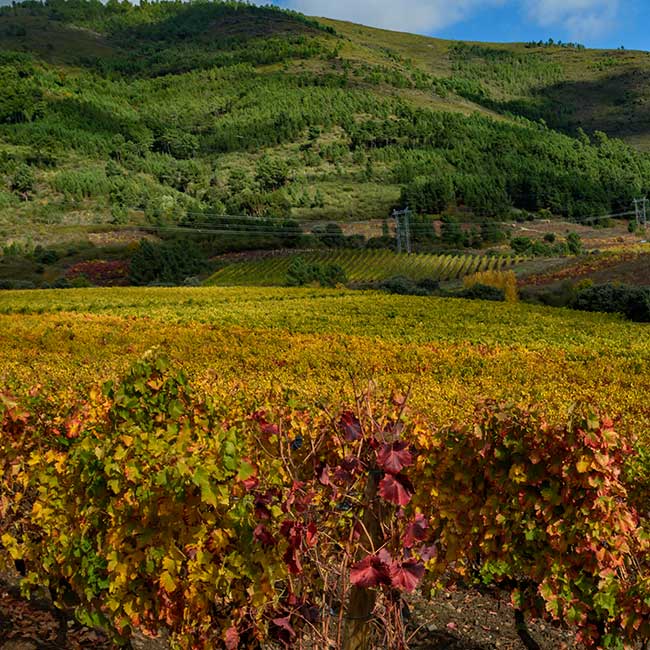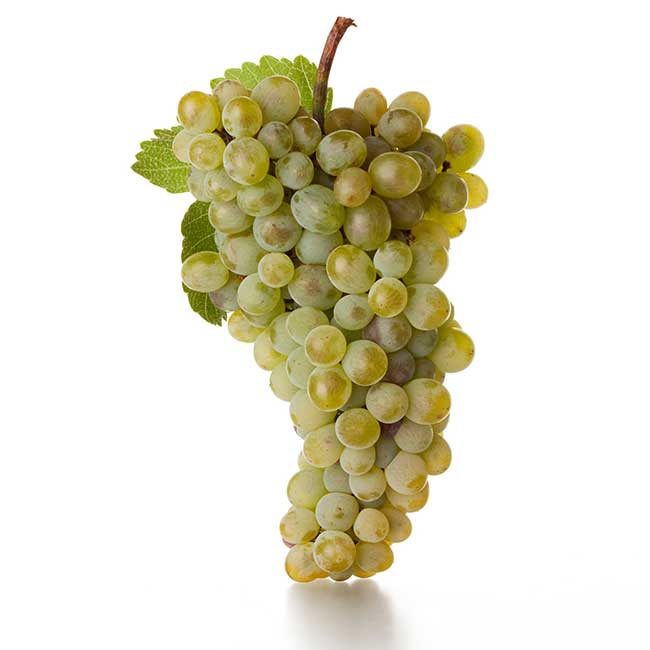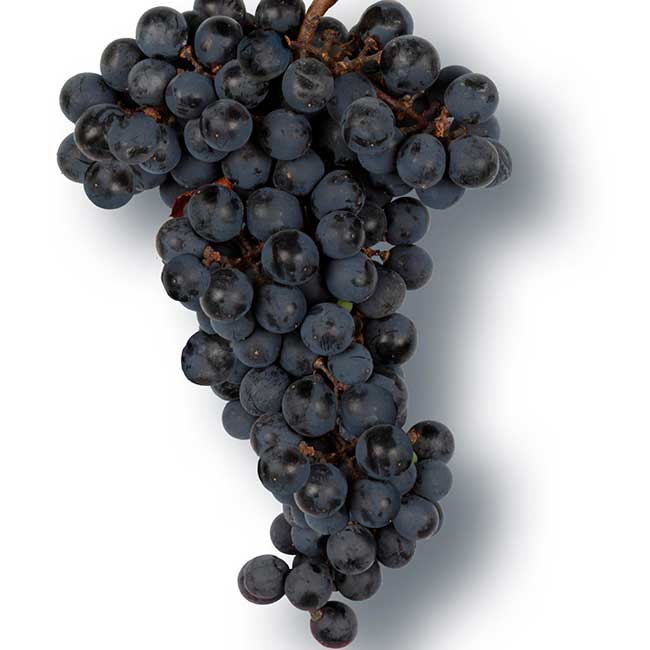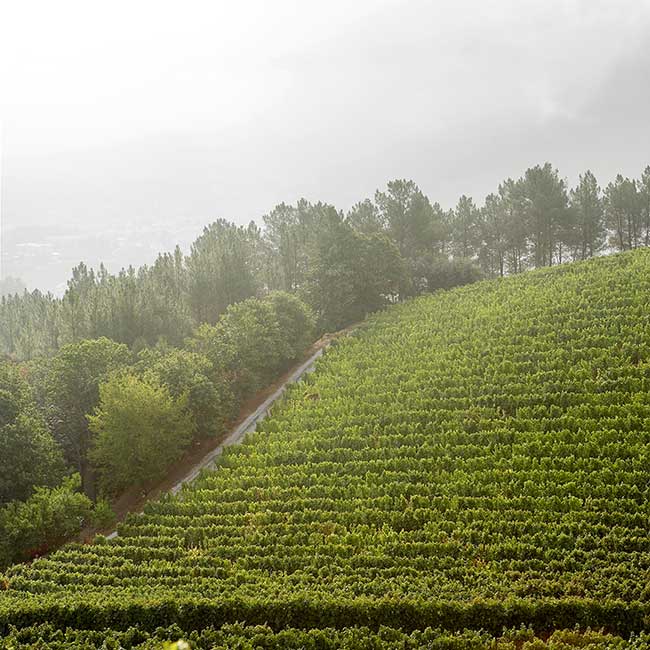.png.transform/rendition-xs/image_image%20(1).png)
DO Valdeorras: Wines as Good as Gold
Currently one of the most buzzed-about wine regions in all of Spain, Valdeorras—Galicia’s “Valley of Gold”—may have only caught on with wine lovers and sommeliers recently, but its nique grapes are every bit as fascinating as those of the country’s more well-known wine areas.

At the time of Roman incorporation of the region in 19 BC, Valdeorras (Ourense, Galicia) was renowned for its gold mines; once the gold was exhausted, goes the lore, the Romans turned to the vine—making Valdeorras potentially one of the oldest viticultural areas on the Iberian Peninsula.
Located along the River Sil in Galicia’s Southeast—and situated between DO’s Ribeira Sacra and DO Bierzo— DO Valdeorras, this quiet corner of Spain, is as famously rainy as its neighboring viticultural areas, but, at ninety miles inland, finds itself more protected from the Atlantic influence that defines de area of DO Rías Baixas. Here the climate is mainly continental and punctuated by cold winters, warm summers, and a surprising amount of sunshine for a region known for its rain and mist. Alluvial soils and a predominance of slate help both to drain excess water and retain heat, in addition to adding a notable mineral element to the region’s wines. And while Roman gold mines may be a thing of the past, Valdeorras is still the largest producer of slate for all of Spain and much of Europe.
The ascension of two varieties: Mencía & Godello

Isolation and ancient roots have their perks, too. Valdeorras lays claim to some of Spain’s most overlooked native grapes: spicy red Mencía and rare white Godello, the latter of which was on the edge of extinction in the 1970’s when it was saved by intrepid producers who recognized it for its unique flavor profile and capability to produce wines Burgundian in style and yet uniquely Spanish in character.
Now championed by sommeliers all over the world, these two grapes’ ascension—while perhaps overdue considering their inherent quality and lengthy histories—is adding a new layer to the story of Spain’s modern wine industry, showing that the country is more than just Tempranillo and Garnacha.
Resembling Chardonnay in weight, texture, and ability to respond to winemaking techniques like oak and lees aging, Godello is not known to be planted anywhere outside of Galicia. Genetic research completed in 2013 by a team of Spanish viticulturists showed, curiously enough, that while it was native to the area, it was not related to any other grape in the region—but rather the Traminer family, which has spawned well-known present-day grapes like Gewürztraminer and Savagnin. How it got to Valdeorras without leaving a trace anywhere else? That’s still a mystery. Classic pairings include cow’s milk cheese and weightier seafood dishes like swordfish and sea bass.

Mencía, while native to next-door appellation Bierzo and more widely planted across Spain and Portugal (where it is known as Jaen) than Godello, is the second leading grape of Valdeorras, and the region’s most important red. Showing a wild, gamey, and floral profile supported by red and black fruit, Mencía was long-believed to be a relative of Cabernet Franc. Recent DNA studies have debunked this notion, however, despite the organoleptic similarities—especially non-fruit aromas like gravel and graphite—that drove the comparison to begin with. Ageable and aromatic, Mencía makes a harmonious pair with sharp cheese, herb-inflected dishes, and roasted meats.
With contemporary wine consumers salivating over Galicia’s finally-widely-known white grape Albariño, deeper appreciation for Godello and the region’s most important red variety is a logical next step. So let’s forget about the gold mines—the true treasure of Valdeorras lies in its vineyards.

Text: Wines from Spain in the US

